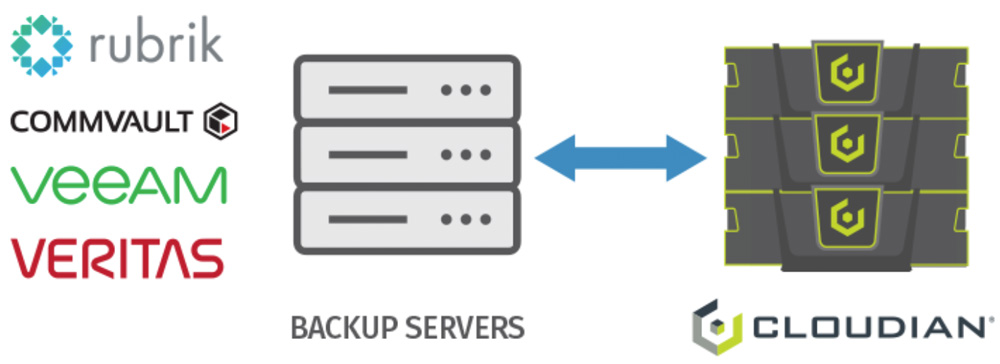Types of Disaster Recovery Solutions
1. Data Center Disaster Recovery
Organizations with proprietary data centers must implement a disaster recovery strategy that addresses all IT infrastructure components in the data center and the surrounding physical facility. This strategy typically centers on backups to failover sites housed in secondary data centers or colocation facilities. Business and IT leaders should document the various components of these physical facilities, including heating, cooling, power, fire response, and security controls.
2. Network Disaster Recovery
Network connectivity is critical for external and internal communication, application access, and data sharing in the event of a disaster. The network disaster recovery strategy should detail a plan to restore network services and ensure access to backup data and secondary storage sites.
3. Virtualized Disaster Recovery
Organizations can use virtualization to replicate workloads in a secondary location or cloud environment for disaster recovery. Virtualized DR is flexible, easy to implement, fast, and efficient—virtualized workloads have small IT footprints, support frequent replication, and enable fast failover initiation. Various data protection vendors provide virtual DR and backup products.
4. Disaster Recovery in the Cloud
With many cloud services available, organizations can host DR systems in a cloud environment rather than in a physical location. Cloud disaster recovery involves more than cloud backup. IT teams must configure automatic workload failover to the DR cloud platform for immediate recovery when a disruption occurs.
5. Disaster Recovery as a Service (DRaaS)
DRaaS is a commercially available cloud DR service that allows an organization to replicate and host its virtual and physical servers on a third party’s infrastructure. The DR service provider is responsible for implementing the disaster recovery plan during a crisis based on the service-level agreement.
There are various disaster recovery providers, given that DR extends beyond IT. Some vendors sell backup and disaster recovery tools, while others offer fully managed or hosted DR services. Disaster recovery also encompasses risk management, so some vendors provide additional security features such as emergency plans and incident response.
DRaaS examples include data protection and backup platforms, infrastructure-as-a-service (IaaS) solutions, and add-ons from colocation and data center providers.
Learn more in our detailed guide to Disaster Recovery as a Service (DRaaS)




